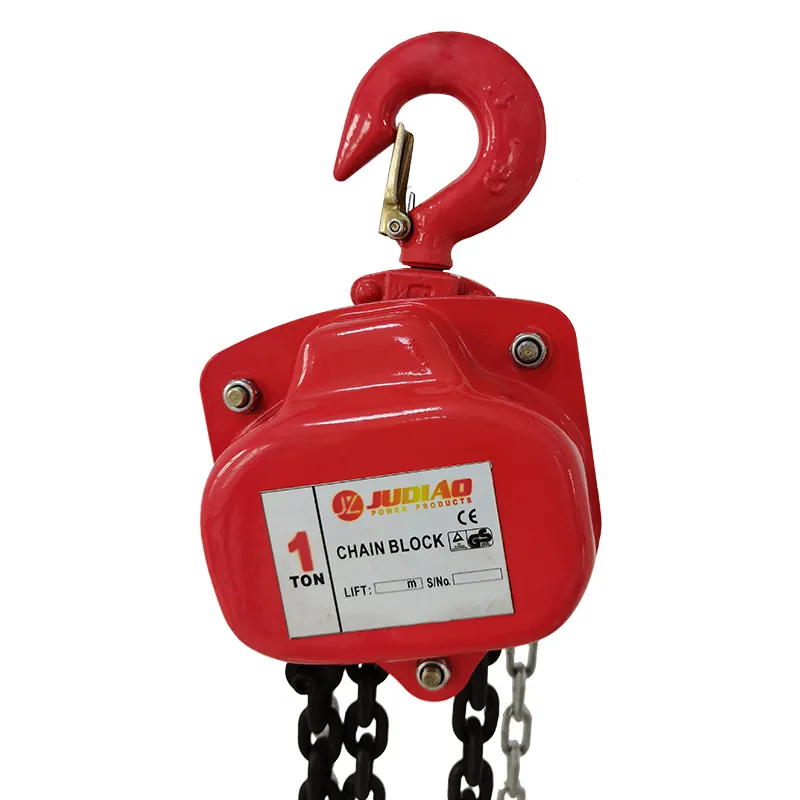


Fall Restraint Equipment Ensuring Safety in High-Risk Environments
In various industries, particularly in construction, roofing, and maintenance, the potential for falls from heights is a significant safety concern. Falls are one of the leading causes of workplace injuries and fatalities. To mitigate these risks, the use of fall restraint equipment has become critical. This equipment acts as a safety measure to protect workers while performing their tasks at elevation, ensuring that they remain securely in place and are not exposed to the dangers of falling.
Understanding Fall Restraint Systems
Fall restraint systems are designed to prevent workers from reaching the edge of a fall hazard. Unlike fall arrest systems, which are meant to catch a worker after a fall has occurred, fall restraint systems prevent falls from happening in the first place. This type of equipment typically includes harnesses, lanyards, and anchor points that secure the worker in position, allowing them to work safely at heights.
Key Components of Fall Restraint Equipment
1. Harnesses The primary component of a fall restraint system is the harness. Workers wear a full-body harness that distributes weight evenly across the body, minimizing the impact in case of a fall. These harnesses are adjustable and must fit snugly to ensure safety.
2. Lanyards and Connectors Lanyards connect the harness to a secure anchor point. They are typically made from durable materials like nylon or polyester and are designed to withstand significant forces. Carabiners and other connectors are used to secure the lanyard to both the harness and the anchor point.
3. Anchor Points These are fixed points on a building or structure where the lanyard is secured. Anchor points must be robust enough to support the forces generated by a fall. Employers are responsible for ensuring that appropriate and compliant anchor points are installed in work environments.
4. Tethers and Slings In some cases, additional tethers and slings are used to provide extra security and mobility while working. These allow workers to maneuver safely without the risk of falling.

The Importance of Training
Using fall restraint equipment is not enough on its own; proper training is essential. Workers must be educated about how to use the equipment correctly, including how to put on a harness, how to connect lanyards, and how to identify safe anchor points. Regular training sessions and drills should be part of a company's safety program to ensure that all employees are aware of the potential dangers and know how to use the equipment effectively.
Additionally, companies should carry out regular inspections and maintenance of fall restraint equipment. All parts should be checked for wear and tear, as frayed lanyards or damaged harnesses can compromise safety. Employers should also keep records of these inspections and ensure that any damaged equipment is replaced promptly.
Compliance with Regulations
In many countries, fall protection is governed by occupational safety regulations. These regulations mandate the use of fall restraint equipment in specific scenarios and outline the performance standards that such equipment must meet. Employers have a legal obligation to comply with these regulations and to ensure that their workers are protected.
Failure to provide adequate fall protection can lead to severe penalties, including fines and legal action. More importantly, neglecting to prioritize worker safety can result in devastating injuries or fatalities, which are irreparable tragedies.
Conclusion
Fall restraint equipment is an essential aspect of workplace safety for those who work at heights. It serves as a critical barrier against the potential hazards of falls, safeguarding the well-being of workers. By understanding the components of fall restraint systems, ensuring proper training and maintenance, and complying with safety regulations, organizations can create safer work environments and significantly reduce the risk of fall-related incidents. Safety should never be an afterthought; it must be a foundational principle in every workplace, especially where the risk of falling is present. Investing in the right equipment and training not only protects workers but also enhances overall productivity and morale.



